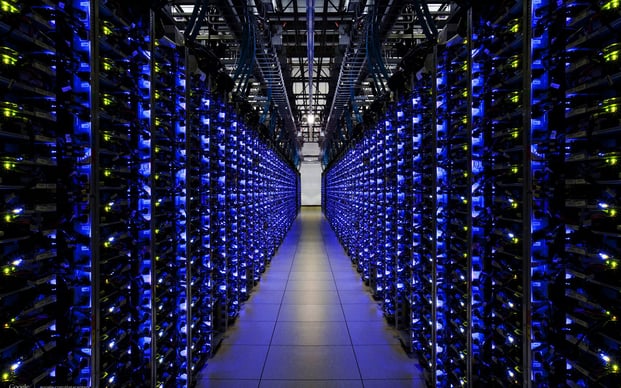"Someone strolled into our four-story, Class-A professional building, then into our second-floor office suite and stole my primary business computer -- an Apple MacBook Air -- right off my desk."

"Someone strolled into our four-story, Class-A professional building, then into our second-floor office suite and stole my primary business computer -- an Apple MacBook Air -- right off my desk."
Topics: Cloud Computing, Disaster Recovery, Apple

Navigating your desktop on a display monitor without a computer tower in sight is becoming easier and easier to imagine. It can be a strange sensation to realize that the base units that have defined the experience of purchasing a new computer is slowly becoming a feature of the past, but the implementation of virtual desktops suggests a movement in this direction. The greatest question in this context, however, asks how far we are traveling in a direction towards a client device with no local computing power. As we migrate more and more components of computing processing to on-site servers and off-site clouds, what is left at our desk becomes less material. Even our laptops are requiring fewer physical features beyond the display screen. While network capabilities must remain integral, our understanding of the constitution of our “personal computer" becomes less static. Instead of purchasing a computer based on its processing power, storage, and ports, users will purchase a cloud package with particular storage and processing features as well as a client device with selected display and network traits. Of course, this is difficult to say with certainty, but the exploration of changes in client devices and cloud technology can be grounds for constructing reasonable expectations.
Topics: Cloud Computing

With cloud services developing so rapidly that it seems as if every new application and platform is being sold “as a service”, it appears that business information systems are slowly being freed of the risk that is associated with keeping hardware and data on-site. As one might expect, disaster recovery is evolving as a result of cloud services to such an extent that disaster recovery itself has become institutionalized as a service. The driving movement of Disaster Recovery as a Service (DRaaS) coordinates well with a business that is using several cloud services while also allowing them to have their own applications and data integrated into the DRaaS providers system. Although this service is similar to life insurance in the sense that stakeholders likely hope to never have to take advantage of its function, DRaaS acts as a proof of concept that the virtual migration of a business’s information system to the cloud can change collective operations altogether. Furthermore, a service such as this that is truly effective may change a business’s understanding of what a disaster means.
Topics: Cloud Computing, Technology Improvements
BY UDEMY.COM
Topics: Cloud Computing, Managed Services, Technology Improvements, Cloud Security

The only constant is change, especially when it comes to the technology we use to help run our businesses. And the pace of that change is constantly accelerating, whether as a result of major innovations like cloud computing or the impact of economic events.
Topics: Cloud Computing